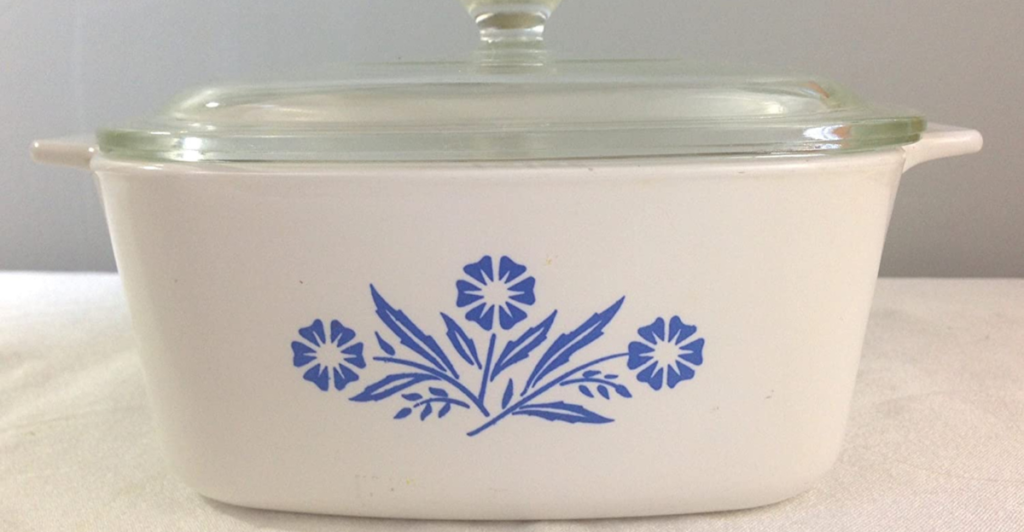
Every generation has household items that define an era. Our parents’ homes were filled with items that were once essential but have since disappeared. These items, replaced by modern technology or changing tastes, evoke nostalgia and curiosity.
Some were practical, while others were decorative, but all were part of daily life. Today, many of these objects are found only in antique shops or family attics, if at all. In this article, we’ll look at nine household items your parents had that you’ll rarely see anymore, exploring their uses, cultural impact, and why they’ve faded from our modern homes.
1. Rotary Phones
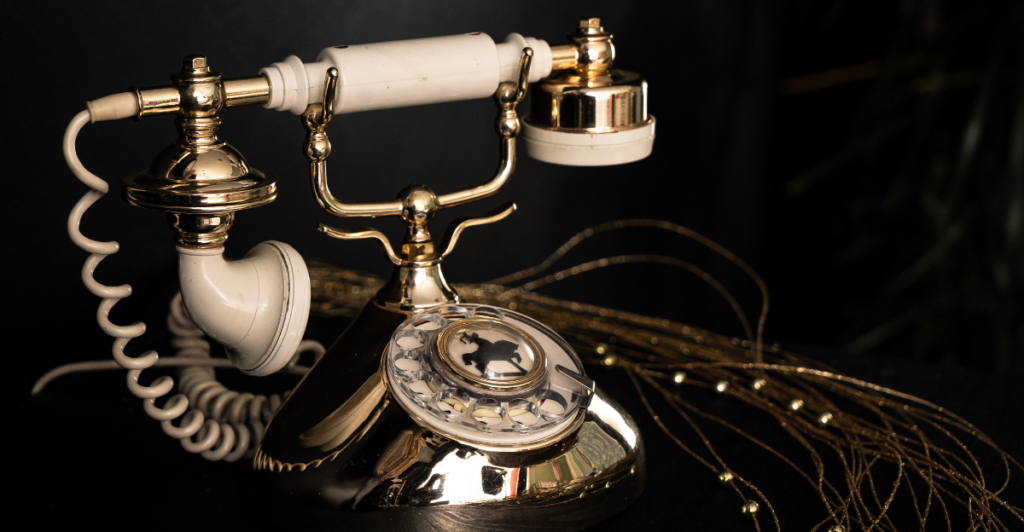
Rotary phones were once a household staple, with their distinctive circular dials and satisfying clicks as you spun each number. Calling someone was a deliberate process back in the day, and phone cords often stretched across rooms. These phones were built to last and would often stay in use for decades.
In today’s world, these old phones have been replaced by touch-tone, cordless, and mobile phones. Most young people have never used a rotary phone, leaving many curious about these items. While some vintage enthusiasts collect them, rotary phones have largely disappeared from homes and have been replaced by the speed and convenience of modern technology.
2. VHS Tapes and VCRs
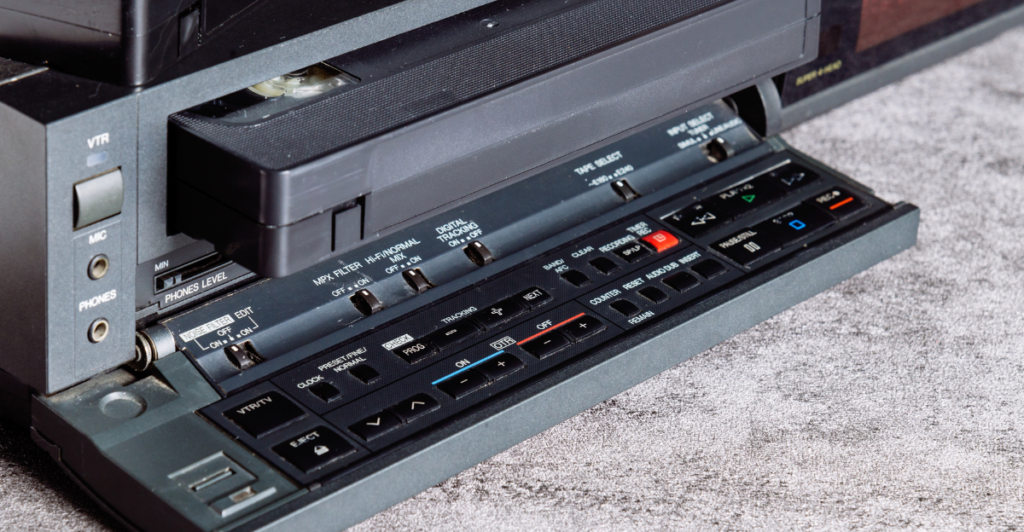
Before streaming and DVDs became a thing, VHS tapes and VCRs were the heart of home entertainment. Families often rented movies, recorded their favorite TV shows, and built collections of their favorite films on bulky tapes. Rewinding tapes before returning them was a common courtesy, and tracking issues could make the picture fuzzy.
The arrival of DVDs, Blu-ray, and digital streaming has made VHS almost obsolete overnight. VCRs are now rare, while VHS tapes gather dust in attics or thrift shops. The ritual of popping in a tape and adjusting the tracking is a fading memory, replaced by the instant access of digital media.
3. Console Stereos
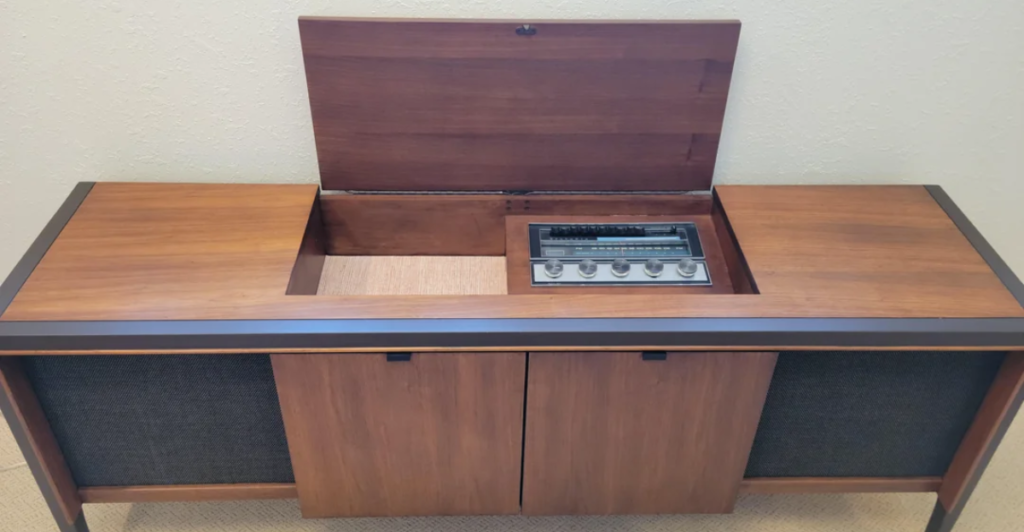
Console stereos were once common in every living room. They combined a record player, radio, and speakers in a single, stylish wooden cabinet. At the time, these impressive pieces of furniture were gathering spots for families to listen to music or radio programs together.
However, compact stereos, boomboxes, and digital music players took over as audio technology advanced. Console stereos became too large and outdated for modern homes, and most were donated, discarded, or repurposed. Today, they can sometimes be found in vintage stores. They are remembered fondly by those who grew up enjoying music from these grand, multifunctional sound systems.
4. Manual Hand Mixers
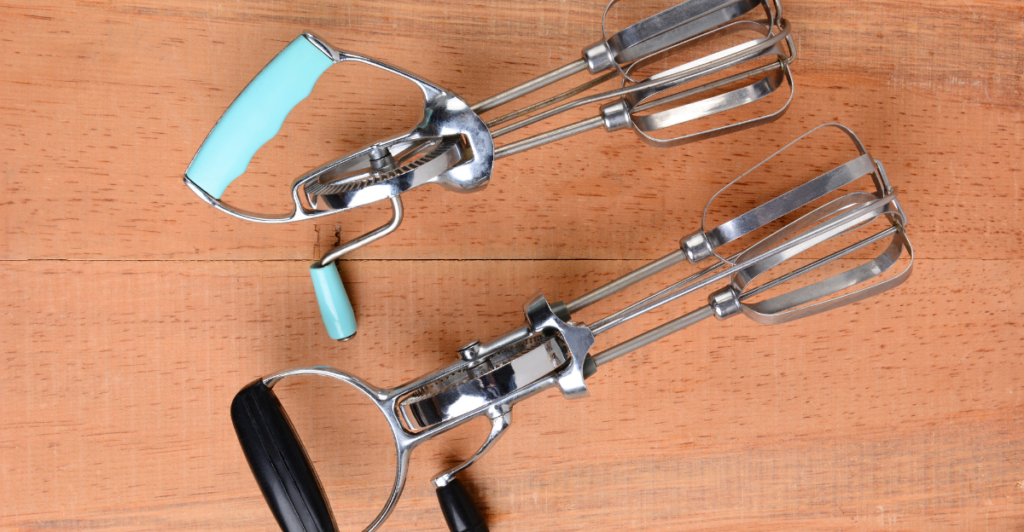
Before the convenience of electric mixers and food processors, cooks had to use manual hand mixers in the kitchen. These essential devices required real effort, with a crank handle that spun the beaters as you whipped cream or mixed batter. Baking was a hands-on experience, often shared between generations.
As electric appliances became more affordable and widespread, manual mixers faded from kitchens all around the world. Now, they’re mostly found in antique stores or as nostalgic heirlooms. While some bakers still appreciate their simplicity, most people prefer the speed and ease of electric mixers, making manual hand mixers a rare sight in modern homes.
5. Typewriters

Typewriters were once the primary tool for writing letters, schoolwork, and manuscripts. The rhythmic clack of keys and the ding of the carriage return were familiar sounds in many homes. When mistakes were made, people would have to use correction fluid or start over, which meant that typing with a typewriter was a careful task.
Computers and word processors made typewriters obsolete, offering easier editing and digital storage. Today, typewriters are cherished by collectors and writers who love their tactile feel, but most people have never used one. The typewriter has been replaced by the silent efficiency of laptops, tablets, and smartphones in every household.
6. Ashtrays
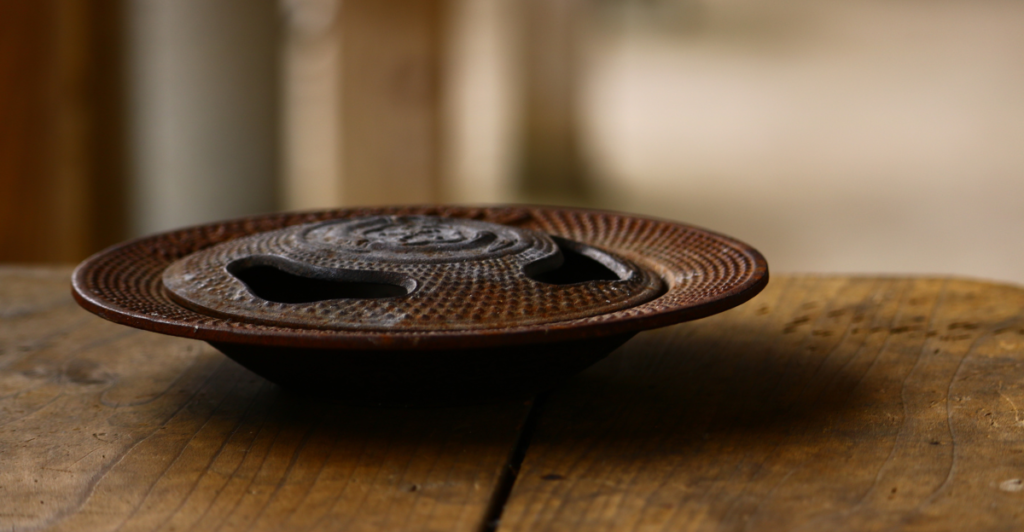
A few decades ago, ashtrays could be found in almost every room of the house, because of the social acceptance of smoking. They came in many shapes and materials, from glass and ceramic to metal, and were often decorative. As public awareness of health risks grew and smoking rates declined, ashtrays vanished from most homes.
Though they might not be as rare as other items on this list, you certainly see way fewer ashtrays nowadays. Their disappearance marks a significant shift in social habits and public health priorities. The once-common ashtray is now a relic of a bygone era, symbolizing how much our attitudes toward smoking have changed over the years.
7. Cathode Ray Tube (CRT) Televisions
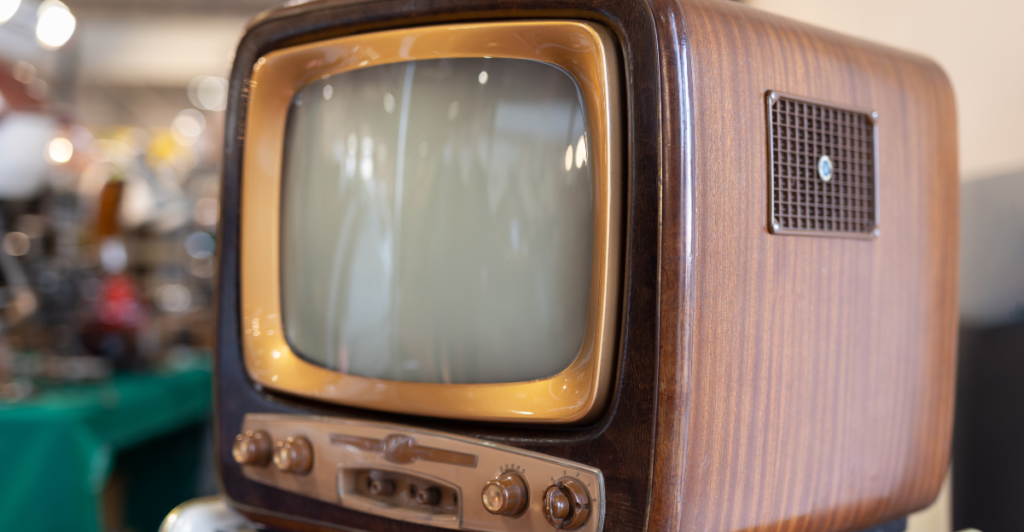
With their bulky frames and curved screens, CRT televisions were once the biggest part of family entertainment. Moving them required muscle, and adjusting the antenna for a clear picture was a regular ritual.
The arrival of flat-screen LCD, LED, and OLED TVs completely revolutionized the way we watch television. They offer better picture quality and take up far less space. CRTs are quickly disappearing from homes and becoming harder and harder to find. Today, most young people have never seen a CRT TV in use.
8. Floral Sofas

Floral sofas, which were often upholstered in bold, busy patterns, were common in most living rooms for decades. These couches added color and personality to the living room and would often clash with other décor. But they always made a statement. Floral sofas quickly disappeared as interior design trends shifted toward minimalism and neutral tones.
Today, you’re more likely to find them in vintage shops or your grandmother’s house than in a modern home. While some appreciate their retro charm, most people now prefer sleek, understated furniture.
9. Toilet Rugs and Covers
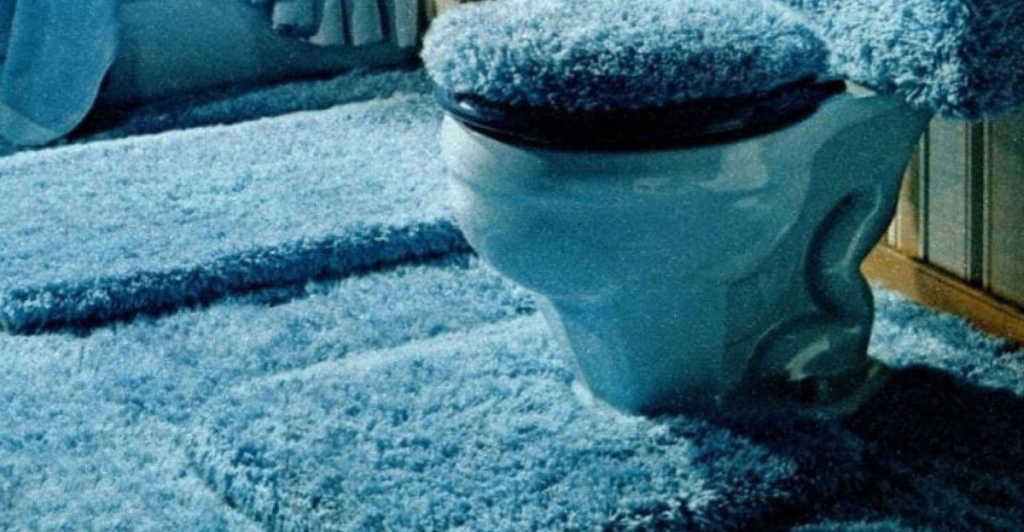
Once considered the height of bathroom comfort and style, toilet rugs and matching seat covers were common in many homes. These soft, colorful sets added warmth and a decorative touch to the bathroom, often coordinated with towels and shower curtains. However, concerns about hygiene and changing design preferences have made them nearly obsolete.
Modern bathrooms favor easy-to-clean surfaces and minimalist décor, leaving toilet rugs as a quirky relic of the past. Although they can sometimes be found in older homes or thrift stores, they’re rarely used, replaced by bath mats and more practical, sanitary options for today’s households.
